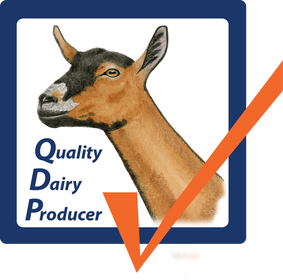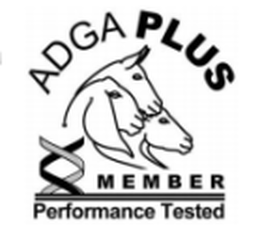|
|
|
3/11/2018 Planning BreedingsThe work of planning breedings can be greatly helped by creating priorities and using technology. As I shared in a previous post, one of my favorite pieces of technology is Kintraks. I'm a data junkie and I love pedigree analysis, so researching the genetics online is one of my favorite activities. If you don't like to research genetics, see if a friend will share their Kintraks database with you. However, GIGO applies, garbage in, garbage out. One of my first priorities is health. Over the years I've purchased or adopted a variety of excessively inbred animals (dogs, cats, Nubians, Nigerians). One thing that they had in common were funky illnesses and weaknesses. Funky in the sense that you didn't see these problems in animals with low levels of inbreeding. Examples include eye problems, early onset of sterility, fertility problems in does, kidding difficulties, etc. Since I've started tracking these problems, I've set my preferences between 5-10% over ten generations. Why the range? Because it depends on the pedigrees of the individual goats. Some inbreeding is desirable to gain consistency, and once you factor in historic inbreeding (7th-10th generation) it is difficult to find a goat with a COI less than 2%. And, since some genetic lines of goats are already heavily inbred (as high as 64%), bringing the COI (inbreeding coefficient) down to an acceptable level can take multiple generations. Connecting this to breeding decisions is surprisingly simple. The inbreeding coefficient is my first decision point when breeding. I maintain COI spreadsheets for each of my bucks. These spreadsheets help me decide which buck/doe combinations are within an acceptable range of inbreeding. For example, the document below shows the COIs for breeding combinations with CH Algedi Farm JD Shotgun Wedding. Looking at this I can determine that Gunner should not be bred to Owlhaven MH Buddleia (COI 10.6%). Continuing with this analysis, I learned that I can breed her to Buffalo Clover MC CasinoRoyale (.6%), Cedar View Placido (2.5%), Dill's GA Patriot (7.7%), and Castle Rock Prairie Sunrise (7.9%). This year she was bred to Placido, next year she will be bred to CasinoRoyale.
With a bit of creativity, Kintraks can be used for planning in the long-term. For example, if I retain a daughter from the Placido x Buddleia breeding, I know that I can breed her to Buffalo Clover MC CasinoRoyale (3.5%), a linebreeding on SG Five Alarm Sophia Loren *D, the dam of some exceptional animals, including GCH Buffalo Clover Valentino ++B +S 91 EEE. In doing that, I am adding consistency to the herd genetics.
Comments are closed.
|
|
||||||||||
|

